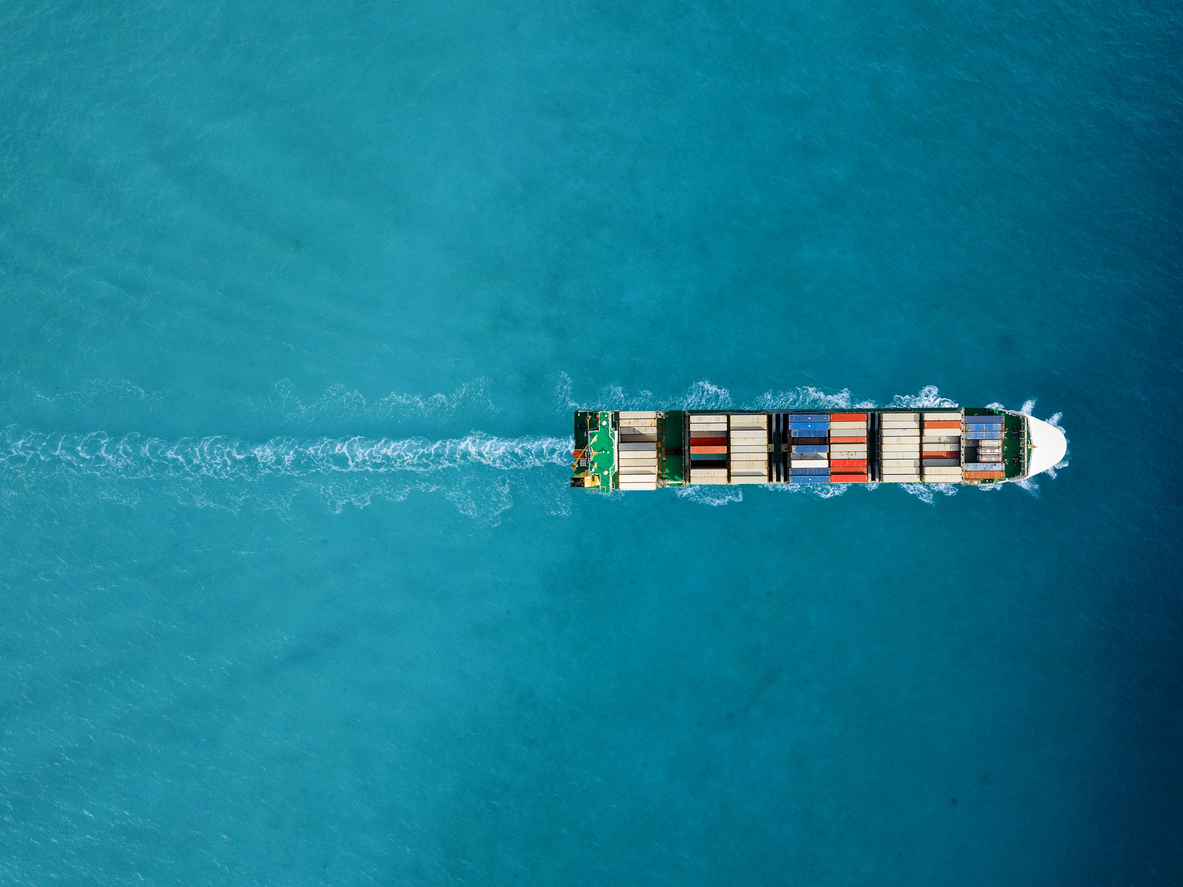The Environmental Impacts of Palm Stearin Pollution

Palm stearin, a solidified version of palm tree oil, is used to create oils and fats we use in everything from cooking to cleaning. But too much of the substance can create an issue of toxicity, which can create major issues for those in contact with it.
In August 2017, a marine accident took place in the Pearl River Estuary outside Hong Kong, where about 1,000 tons of palm stearin oil was released into the South China Sea. More than 200 tons of the oil reached the major port’s coastline, where environmental groups and local stakeholders believe the spill could adversely affect the surrounding marine life and ecosystem.
At the time, there was a lack of scientific information around palm stearin and its toxicity to fully grasp its effects, but since then there have been developments.
Palm Stearin Oil & Vessel Pollution in 2020
Ships that carry major pollutants are operating under stricter laws and higher fines now that IMO 2020 is in full swing. The legislation, a global effort to curb pollution in the earth’s shipping waters, is making efforts to cut down on contaminants left behind by ships and fining those who are involved in major accidents where issues could have been avoided.
For shipping companies, taking extra precautions to keep risk low is key, including purchasing marine pollution insurance to help provide the resources needed for settlements, paying for additional legal representation, and clean up efforts.
But for shipping companies that find themselves on the wrong end of a major ecological issue, like in Hong Kong, it’s more about long-term reputation they have to worry about.
Studies
Spearheaded by Professor Kenneth Leung Mei Yee from the University of Hong Kong, a research team launched an 18-month investigation into the degradation and toxicity of the palm stearin through field and laboratory testing. The study concluded that the palm stearin released into the water could dissolve in seawater and sediment under higher temperatures, which would in turn contaminate the marine organisms.
In early August of 2017, directly following the incident, samples of the marine species from the area, as well as seawater and sediment from the area were found to have high level of fatty acids.
That’s when local green organizations went into action to highlight the significance of leaving the palm stearin in the water for too long, showing the need for immediate removal of the contaminant from the shores. In November 2017, the concentration of fatty acids in both seawater and sediment returned to their regular levels, ending the ongoing harm to the ecosystem around it.
Exposure
The team at the University of Hong Kong studied 10 different marine species who had been exposed to the palm stearin oil to look for additional adverse effects. The palm stearin was noted to have posed notable issues on pelagic planktons and zooplanktons. For example, it could stop growth in certain kinds of algae while causing mortality to certain shrimp and copepods.
Altogether, the research from all studies point to the importance of immediate action when it comes to clean up efforts, especially for palm stearin, an agent that either kills what it touches or stops growth. While shipping trade is expected to rise heading into the new decade, there can still be efforts made to limit marine ecosystems and animals to exposures and risks related to pollutants.
